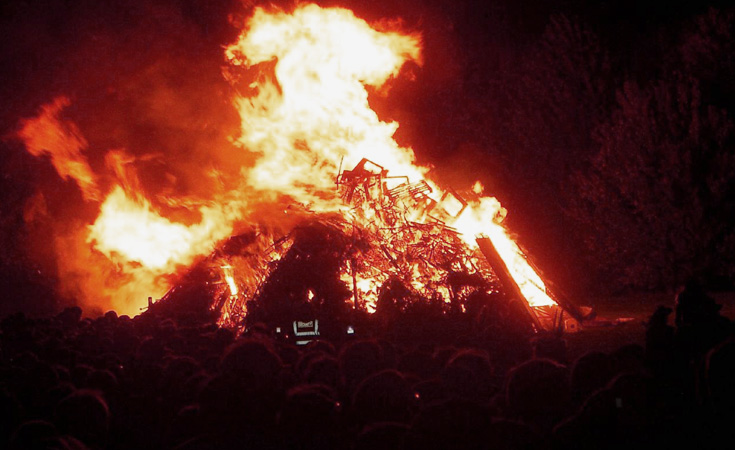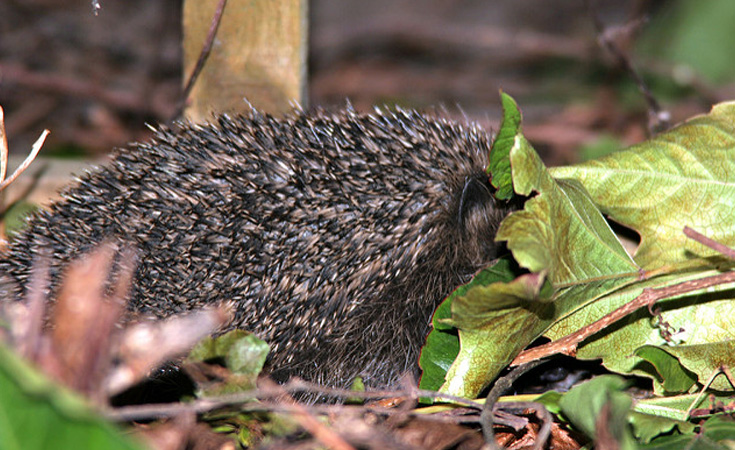At the beginning of November, many garden dwelling and visiting animals are sadly harmed or even killed due to some traditional festivities. To ensure your bonfire is the only thing that gets set alight, here are our top tips for some species-safe fire building and burning.

Wood fire not animal pyre
In the winter months, some animals hibernate or take refuge in suitable and sometimes unsuitable places. A bonfire built with leaves, logs, twigs and other combustible materials, is the perfect shelter and a favourite for hedgehogs, frogs, newts and toads. To these animals, it acts as hibernacula.
In Latin, hibernacula translates to ‘tent for winter quarters’. In ecology terms, it is a refuge for a range of animals from insects, lizards, snakes, newts and bats.
There are different types of hibernacula, with bonfires being a particularly attractive refuge for herptiles and mammals alike. They’re used by great crested newts, lizards and snakes to undergo hibernation or brumation (hibernation of cold-blooded animals). They’re typically underground, below the frost-line and well insulated.

Bats are a group of mammals that use larger hibernacula to roost together. This can include caves, loft spaces and cellars, often shared between multiple species such as soprano pipistrelles (Pipistrellus pygmaeus) and common pipistrelles (Pipistrellus pipistrellus).
To avoid causing harm to any animals that decide to use your bonfire as a hibernaculum, you should:
Build your bonfire the day you light it
Therefore, creatures will not have a chance to colonise the log pile prior to you lighting it.
Pile up your logs on bare ground, not on leaves
Bare ground is less favourable and therefore less likely to attract hedgehogs, newts and reptiles
If built before the day, check before lighting
Before lighting your bonfire, dismantle it slightly to look for any hidden animals, especially if you have built your bonfire a few days/weeks before lighting it.
Put chicken wire around your log pile
Not unlike the reptile or newt fencing we use at our mitigation sites, this excludes creatures from reaching the log pile.
How we can help
Building hibernaculum is a large part of the habitat creation and ecological impact mitigation work we carry out here at Thomson. So, if you have an upcoming project which needs habitat mitigation works, including the creation of hibernacula; or your project planning approval is reliant on certain environmental conditions being met, then we can help you.
As experts in all things related to environmental compliance and habitat management, we can guide you through this process, ensuring you meet your end objectives.











